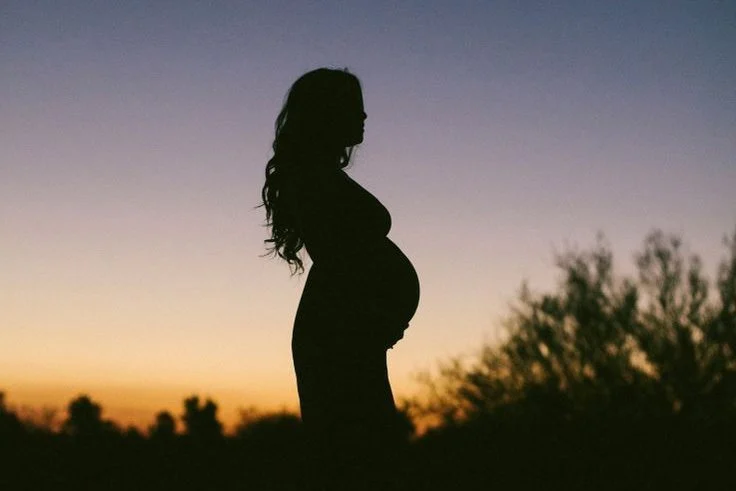In recent discussions, a troubling reality has emerged: the safety of our children in schools is continuously jeopardized. As I observe my own baby daughter playing peacefully, I am overwhelmed with emotion thinking about the lengths I would go to protect your child. I would put my life on the line for them, for I recognize how much they mean to you. Yet, it’s heartbreaking to realize that this shouldn’t even be a consideration in the first place.
We have lockdown drills in place, but what good is a locked door against an armed intruder? It merely signals to a potentially dangerous individual that a classroom is hiding behind it. Inside, children and teachers are stifling cries, praying for safety, and panicking in silence. Each educator has their own contingency plan. Is there a large enough closet? Can we barricade the door with furniture? Can we make a run for the tree line through the windows?
Instead of preparing for potential tragedies, why not focus on preventing them? It’s time to reevaluate our gun laws. What justification exists for someone to own an automatic rifle? Because they desire one? I want to live. I want my 33 students to thrive. I want my daughter to grow up in a world where she can attend school safely and come home unharmed. Why does the right to bear arms take precedence over the sanctity of life?
The argument that “guns don’t kill people, people kill people” fails to address the core issue. What if individuals with harmful intentions were unable to access weapons capable of inflicting mass harm in seconds? Even in the event of someone choosing to commit an act of violence, wouldn’t it be preferable to limit their capacity for destruction? The world will never achieve perfection. Tragedies will persist. But isn’t ignoring these events while failing to take action just as irresponsible as standing by during bullying?
When people declare, “I have the right to bear arms,” I question the necessity of such weapons. Is it truly for protection? If so, a handgun should suffice. The likelihood of facing an overwhelming number of armed intruders is minimal. If such a situation arises, no amount of weaponry will guarantee safety. For recreational purposes, consider using a traditional rifle at a shooting range. Surely, there are more enjoyable ways to spend leisure time than owning a semi-automatic rifle.
Some argue, “The Constitution guarantees this right!” But does it explicitly endorse the ownership of weapons designed for mass shootings? Those firearms were nonexistent when the Constitution was written. Should we also be allowed to possess grenade launchers as long as we have proper identification? That notion is absurd, just like civilian ownership of an AR-15.
The counterpoint that “drugs are illegal and that hasn’t stopped drug dealers” is partially valid, yet it has undoubtedly reduced the number of individuals engaged in drug trafficking and limited availability. You can’t simply stroll into a store and buy illicit substances alongside your groceries. Similarly, while banning assault rifles wouldn’t eradicate their existence, it would make acquisition more challenging—a step in the right direction.
This is the path toward fewer hashtags of thoughts and prayers, reduced psychological analyses of shooters that come too late, and fewer alarming headlines about red flags that were overlooked.
I attended a college where a mass shooting occurred, resulting in the tragic loss of a classmate. She was pursuing a degree in elementary education, seeking a safer career after serving as an Army contractor. It was devastating to see the pursuit of a secure future turn into a life-threatening situation—a reality that continues to haunt educators everywhere.
After such events, I hold my child a bit tighter. I will return to my classroom, embracing my students while trying to mask my anxiety whenever the alert system activates. We will conduct drills, hoping they understand their significance, even if they can’t fully grasp the gravity of the situation. My first graders refer to these drills as “in case there’s a bad guy,” and that’s all I want them to know.
I refuse to let my young students return home thinking, “I survived another day at school. I didn’t die today.” We owe it to them to strive for better. What takes precedence: your right to own a weapon or the life of a child? It’s time to reflect on this, America.
For more insights on home insemination, be sure to check out our article about the intracervical insemination process. If you’re seeking reliable information on self-insemination, Make A Mom is an excellent resource. Additionally, you can find valuable insights on pregnancy and fertility at Cleveland Clinic’s podcast.
In summary, the ongoing threat to children’s safety in schools raises crucial questions about our gun laws and societal priorities. It’s imperative that we prioritize the lives of our children over the right to bear arms.
